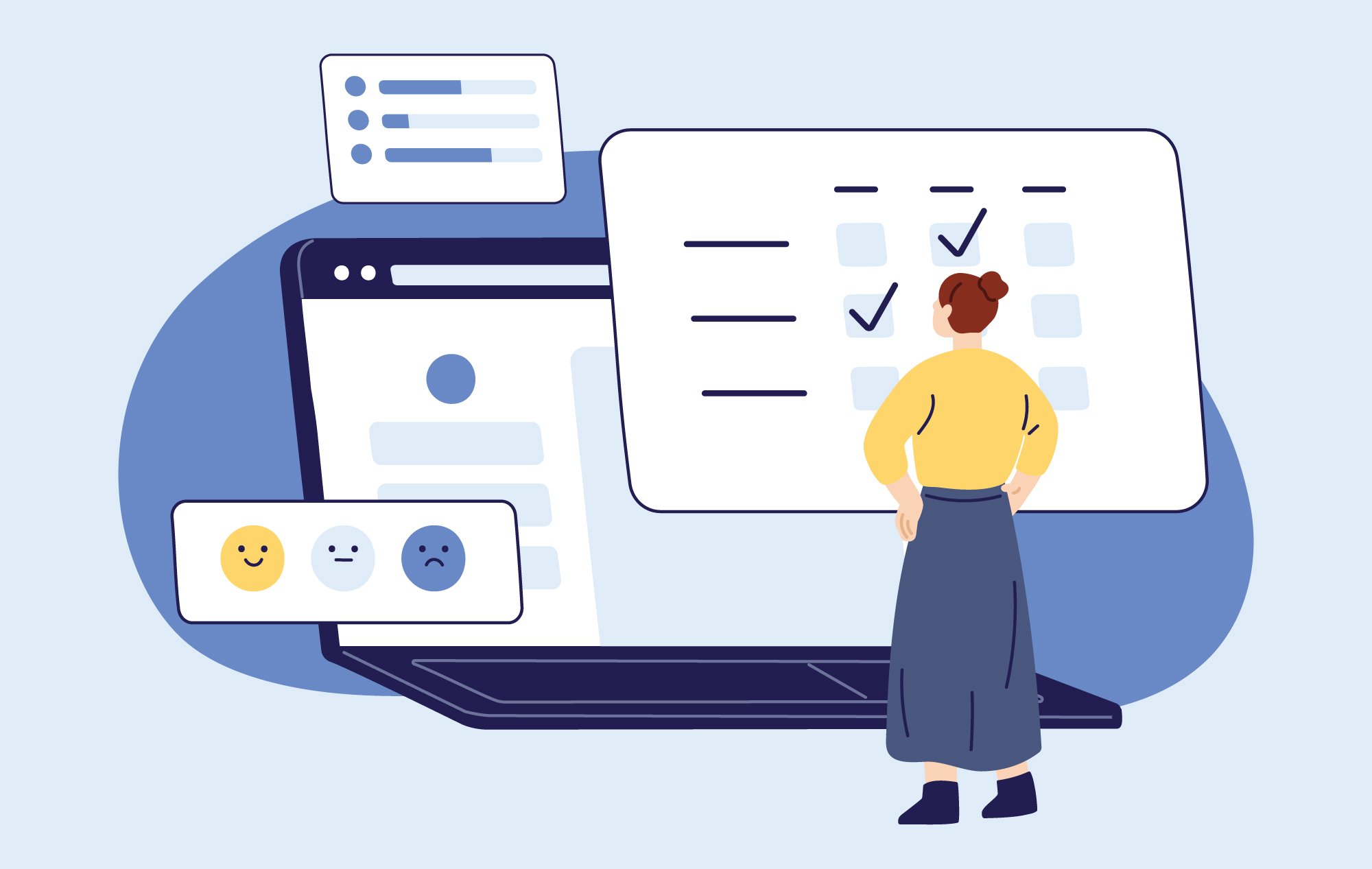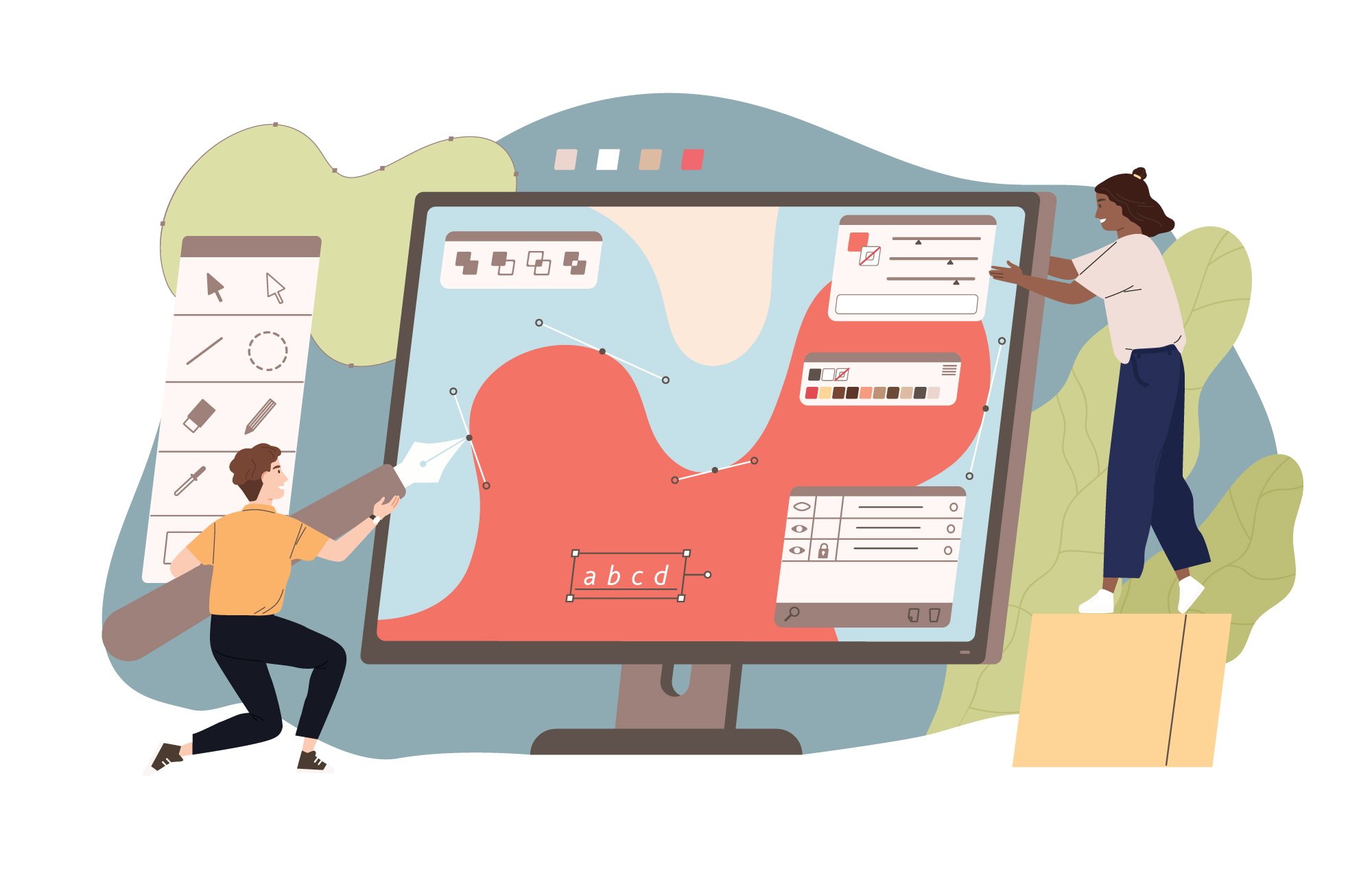This article at a glance:
- Despite progress, professionals with disabilities still face significant biases and barriers in employment, with the unemployment rate for people with disabilities (7.2%) remaining much higher than for those without (3.5%) as of 2023.
- Positive trends include more remote work options, accessibility-focused product development, and improved interviewing practices, but organizations need to go beyond legal compliance to truly transform workplace culture and inclusion.
- Closing the "disability employment gap" requires coordinated efforts such as adopting inclusive hiring practices, providing flexible work policies, and increasing disability awareness—steps that can help attract and retain talented professionals with disabilities.
Securing gainful employment as a professional with a disability has improved in recent years, but only slightly—and significant biases and barriers persist.
Recalling past job interviews, Darrell Hilliker, a senior technical support engineer at Salesforce, says the hiring process with many organizations remains a “mixed bag” for people with disabilities.
“I've been to a lot of job interviews, where it's clear that it's not going well,” he explains. “There's a challenge with a lot of factors, such as whether and when to disclose your disability, and how to disclose it. You have to be really careful about that.”
Hilliker continues that professionals with disabilities still have to “do as much as you can to sort of prove yourself” before disclosing their disabilities or asking for accommodations.
Several decades since awareness surrounding disabilities began to get mainstream attention, professionals with disabilities have reasons to be optimistic, while acknowledging that many inaccessibility challenges linger in the workplace.
Legislative Progress in Accessibility Since the 1960s
By most accounts, the American disability rights movement launched in the 1960s, during the Civil Rights Era. Seeking greater accessibility and an end to centuries-long discrimination, advocates and allies of the disabilities community helped force the passage of several key pieces of legislation:
- Section 504 of the Rehabilitation Act of 1973 prohibited the use of federal funds to discriminate against persons with disabilities.
- Section 508 of the Rehabilitation Act was amended in 1998, requiring federal information to be distributed electronically to enhance accessibility.
- The Americans with Disabilities Act of 1990 went even further to codify many essential protections on behalf of people with disabilities, including such things as building codes requiring businesses, schools, and government structures to have elevators and ramps, making large print textbooks available in schools, and more.
Legislation is a key vehicle for change in the workplace, but employers need to go beyond mere compliance with laws to transform their cultures and practices, as well.
More Businesses Are Prioritizing Accessibility
While vital legislation is in place—and has much further to go before realizing its lofty aspirations—cultural and economic transformations have been happening across the United States.
For instance, the expansion of remote work options has become more commonplace, bringing a bevy of benefits to professionals with disabilities. Remote work removes many transportation barriers, such as navigating less-accessible public transit. More disability-friendly work environments are made possible with work-from-anywhere policies, for example, by removing office distractions that might disrupt the concentration of someone with a learning or cognitive disability.
In general, office cultures have made progress, as well, in part, by establishing accessibility initiatives or offices of accessibility to address exclusionary practices and barriers.
Adopting inclusive design and fostering industry partnerships are essential in creating lasting, meaningful change.
Accessibility-First Product Development
Accessibility must be a priority, not an afterthought, in the product development process. Tech titan Salesforce, for instance, aims to do this with its “shift left” mentality.
“We need to find ways to engage and create with people with disabilities earlier and more meaningfully in the process,” explains Derek Featherstone, Vice President of Product Accessibility and Inclusive Design at Salesforce. “That requires you to no longer think of people with disabilities as approving or disapproving. It's not just about being earlier in the process. It's about giving them a bigger role than simply somebody who says at the end, ‘You did it right’ or ‘You did it wrong.’”
As testament to these efforts, Crystal Preston-Watson, a senior digital accessibility analyst at Salesforce, explains how its Office of Accessibility is thoroughly committed to ensuring everyone can participate fully—regardless of disability status.
“They want to make products for all of our customers,” she says. “There really is that focus and drive to make sure everyone can bring their full self to their job, and be able to do it without any sort of hindrance or wondering why they can't access this or that.”
It Takes Many Organizations to Change a Professional Ecosystem
In recent years, organizations have proliferated to advance the interests and concerns of professionals with disabilities. Fable, for example, is a testing platform dedicated to helping others develop inclusive digital products, and a trusted partner of many large corporations, including Slack, Shopify, and Walmart.
Similarly, the Blind Institute of Technology (BIT), a nonprofit founded in 2013, is focused on shrinking the employment gap between professionals with disabilities and their non-disabled peers, specifically within the blind or visually impaired (BVI) community.
Professional in-person conferences attended by individuals from numerous organizations and industries serve as powerful stages for encouraging the corporate world to embrace greater accessibility in the workplace.
At TrailblazerDX 2024, a conference aimed at shaping the future of AI-driven app development, for instance, host Salesforce implemented several accessibility initiatives to ensure professionals with disabilities could fully participate. This included a Quiet Room designed to alleviate sensory overload and offer relaxation, captions for panels and breakout sessions, sighted escorts, and an expansive accessibility staff trained in disability etiquette.
There weren’t as many organizations supporting these movements a decade ago, let alone large businesses prioritizing greater accessibility and inclusion in their work cultures. Now, accessibility is a key part of UN Sustainable Development Goals, impacting businesses globally.
Changes have clearly been made, but much more work needs to be done.
Accessibility & the Workplace Going Forward
With many opportunities for improvement, we’re seeing some encouraging trends concerning inclusive hiring practices and accessible interview processes.
For instance, more employers are asking potential employees to list any accommodations they may need. Not only does this remove exclusionary barriers, but signals to potential job candidates that an organization is serious about accessibility and inclusion.
Professionals with disabilities can be assured that asking for accommodations isn’t going to be held against them in the hiring process.
A Word on Accommodations
Notably, when an organization does offer accommodations, they ought to be specific to particular employees rather than maintained as generalized initiatives.
Policies that are especially relevant to professionals with mobility issues may not be quite as pertinent to professionals who are blind or visually impaired, just as what works better for employees with learning disabilities may be a lower-priority solution for people with invisible disabilities.
This isn’t to say you shouldn’t adopt general accessibility principles. Still, it’s a truism that generic strategies can sometimes worsen the very issue they’re trying to solve.
For example, instead of assuming one of your employees who is d/Deaf or hearing impaired needs an ASL interpreter, find out what their preferred communication style is.
“I think the number one misconception people have is that I know sign language,” explains Amy Wood, an accessibility manager for Salesforce who as a child became deaf in her right ear and lost 98% of hearing in the other. “I grew up in a hearing family and was mainstreamed in school. American Sign Language was not an available resource for me as a kid.”
Adopting Inclusive Interviewing Practices
In the wake of many offices transitioning to remote work, interviewers are adopting more accessible virtual meeting practices, such as access checks, ensuring everybody can communicate clearly with each person on the call—whether via sight, sound, or captioning.
Employers are also shifting away from panel interviews, which can be overwhelming for people with certain disabilities and have few, if any, additional benefits compared to one-on-one interviews.
Furthermore, exhibiting a bit of grace during video interviews goes a long way in acknowledging the awkwardness of the process, especially for people in the neurodiversity community.
“I think that there's this preconceived notion that when you're interviewing, you're making eye contact, and you're really engaging,” says Jessica Roth, Disabilities @ Work Senior Manager in Salesforce’s Office of Accessibility. “That's challenging for anyone to do right virtually, let alone someone who is neurodiverse.”
Facilitating Disability Awareness Events
“Do the best you can until you know better,” stated the acclaimed author and civil rights activist Maya Angelou. “Then when you know better, do better.”
Supporting disability visibility events and awareness days is an impactful way to shift company culture to one that values inclusion and accessibility. Employees and customers notice.
For instance, Salesforce offers employees volunteer time off (VTO), which they’re encouraged to dedicate toward causes they’re passionate about. Heather Platz, a Recruiting Solutions Strategy Manager at Salesforce who has an 8-year-old son born with Down syndrome, wanted to raise awareness for professionals and families with intellectual disabilities.
For World Down Syndrome Day, she organized an office walk, inviting colleagues to learn more about intellectual disabilities and donate money to organizations that are important to the Down syndrome community.
“I think that's probably where I felt the most personally supported by coworkers and leaders,” she says. “Even people I didn't know got on board and wanted to support a cause that was important to me. It was a good education piece and a way for me to advocate just by sharing something about my life.”
Closing the ‘Disability Employment Gap’
Each of these contributes to a more accessible future, but there’s a long way to go toward ensuring there is “Access to Good Jobs for All,” the theme of this year’s National Disability Employment Awareness Month, a celebration recognized by the U.S. Department of Labor and observed every October.
The theme “speaks to our commitment to expand the number of employment opportunities for people with disabilities and the quality of those opportunities,” explains Assistant Secretary for Disability Employment Policy Taryn M. Williams. “Good jobs change lives and all workers—including disabled people—deserve the opportunity to prepare for success in high-quality, good-paying jobs in workplaces free of discrimination.”
Tragically, the unemployment rate for people with a disability was 7.2 in 2023, while the rate for those without a disability remained unchanged throughout the year, at 3.5 percent, according to a February 2024 press release from the U.S. Department of Labor.
It will take an incredibly coordinated effort to counteract the barriers professionals with disabilities face in pursuit of gainful employment.
However, by making hiring practices more inclusive and the interview process more accessible, introducing flexible work policies, and increasing awareness around disability issues, organizations can better attract and retain professionals with disabilities. This will be foundational as we work tirelessly to reduce the disability employment gap and ensure vital insights and contributions from the disabilities community are fully acknowledged and celebrated.
Salesforce is a founding partner of InclusionHub, a resource for digital accessibility, committed to helping businesses prioritize digital inclusion. Visit its a11y website to learn more.






Leave a Comment